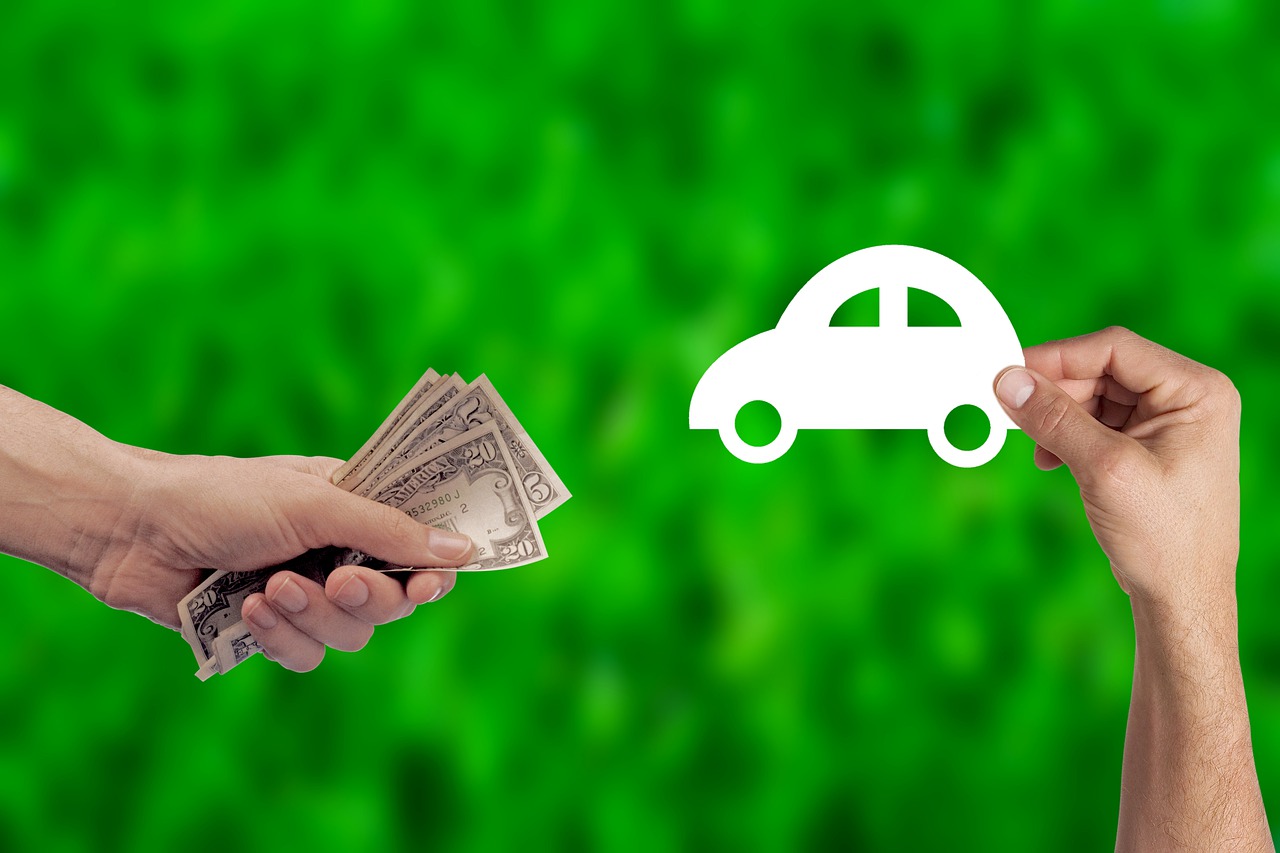
Buying a new, or even a used, car can be easier than ever before now, but with constant increasing prices for vehicles its likely you may be needing to purchase using some sort of Finance Loan Agreement. There are lots out there to confuse you, from vehicle manufacturers to small independent specialists. With so many options, which one is for you?
To keep it simple there are a few terms you need to be familiar with and understand. HP and PCP are the most common options you might get offered when visiting a dealer. HP meaning Hire Purchase usually means giving a deposit of 10% of the sale price, with the remaining amount broken down into manageable monthly payments across a term of agreed months, typically 3 to 7 years. With this type of product once the payments have been collected you will then own the car outright and be free to do whatever you wish with it. The finance companies are happy to provide you with a loan once you have passed all the necessary credit and identity checks, although bad credit may attract some higher interest rates. Vehicle wise they don’t like to loan on vehicles over 8 years or 80,000 miles. They will also insist on the dealer selling the vehicle with some form of warranty.
Pro’s of HP
- You’ll own the car after you make all the repayments
- There are usually no restrictions on how far you can drive
- You might need to pay an Option to Purchase fee but there’s no big final balloon payment
- Agreements can last anything from 1 to 7 years
Con’s of HP
- Monthly payments might be higher than they would with other car loan options
- You can’t sell or modify the car during your agreement without the lender’s permission
- You won’t own the car until you’ve made all the payments
- The future value of your car isn’t guaranteed as it can be with PCP
However PCP, or Personal Contract Purchase, can be a slightly more luring concept, it is not always the most financially sensible option. PCP normally consists of a low deposit, if any at all, then lower monthly payments again across a fixed monthly term, then at the end of say 3 years, you have the option to purchase the vehicle and own it outright. This is called a ‘balloon payment’ and is normally a large figure bolted to the end of the contract. If you add up the number of monthly payments plus the balloon at the end it will usually exceed the market value of a like for like vehicle, meaning you are in a negative equity position. Balloon payments are based on a guaranteed future minimum value or GMFV. Most of the time people disregard this and treat the system as a kind of long term rental, choosing to renew the vehicle every 3 or 4 years. This has its benefits for saying busy business owners that need or use a car for work, or for people that like new cars and low monthly payments, but don’t want the hassle of owning a car.
Pro’s of PCP
- Monthly payments might be lower than they would with other car loan options
- You have options – you can pay the balloon payment and buy the car, give it back, or trade it in for a new one
- No surprises – your monthly payments are fixed
- You can access newer used cars
- Maintenance usually included in the monthly payment
Con’s of PCP
- You won’t own the car during your PCP loan period or when it ends, unless you pay the balloon payment
- You’ll be charged if you drive more miles than you agreed to or damage the car
- You might need a deposit
- If the GMFV is very close to the actual car value, you won’t have a lot of positive equity left to use in a new agreement
When it comes to selling a car on finance you need to understand a few things. The car may well have your name on the v5c but that does not necessarily mean you are the owner, it just means you are the registered keeper. Until the last payment of your finance has been paid the vehicle is still the property of the finance company and can be repossessed by them should you fail to keep up payments. You will need to ask them for a settlement figure which they will calculate from your last payment to the end of the outstanding balance. As a National Car Buying Company, we often get asked by our clients to appraise and purchase vehicles and when we tell them the true trade price on their cars they can easily find themselves owing more than the vehicle trade. This in turn means they either continue to make monthly payments on time or pay the bit between the trade offer and the owed amount. To illustrate CarZillo recently had a client that offered a Mercedes E320 and upon valuation, we were notified that Moto Novo had a financial interest and had provided a settlement figure of £12,459. Based on the condition of the car our cap guide pricing structure recommended a trade value of £8,500 leaving the customer to pay an additional almost £4,000 right there and then to release them from the monthly payments that were holding them back from obtaining a mortgage at the time.
The finance team at CarZillo are well experienced at settling finance payments on any vehicle. Once the representative is on-site with your vehicle it helps to have your settlement paperwork to hand, this will have your important agreement number on it. You will have to ring the finance company and go through verification and security checks first as no other 3rd party can call and speak on your behalf. Once through, you can make any outstanding balance payments to your account, or the car buyer will pay the outstanding amount. This cannot be paid over the phone with a credit or debit card, this has to be done via BACS payment.


Recent Comments